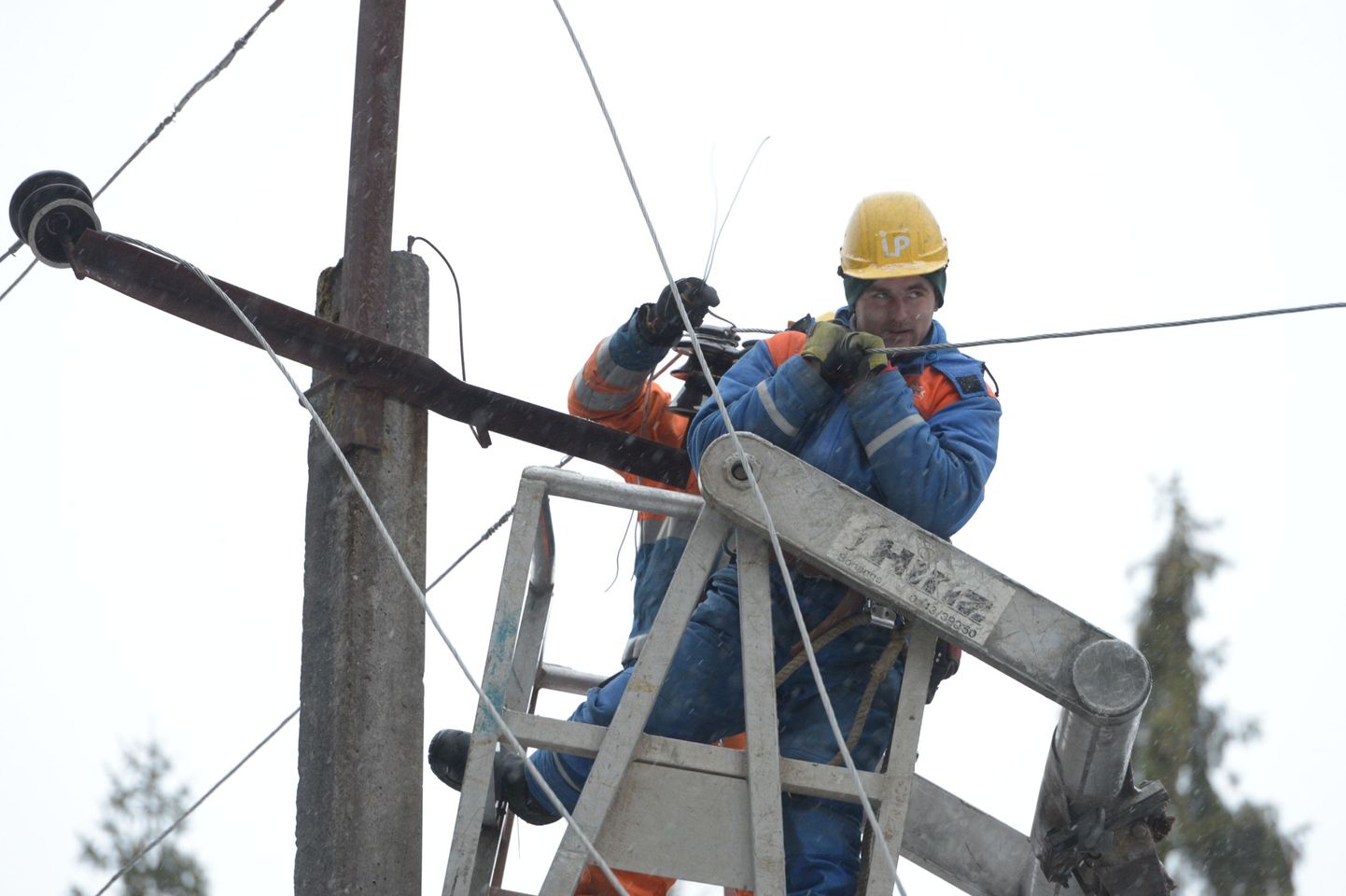Feels like a well worn path: every fall, every winter, any stronger wing will blow the lights out in tens of thousands of households; every year, media keeps lecturing Eesti Energia over its inability to cope. Still, all remains the same: the inevitable old rotting posts, the familiarity of falling trees caught in the power lines. Again and again, for days and sometimes for weeks, the «powerless» people will feel peripheral, sidelined, insignificant, unwanted.
The issue is not an energy company’s impotency to maintain its power lines – though this is a problem. A considerable part of the lines is in need or a fix, to resist the weather at least a bit better. About a month ago, after the last storm, and Eesti Energia council member Meelis Atonen admitted to Public Broadcasting that over 150,000 households without power is too much. Yet, on the other hand: knowing how little has been invested into the weatherproofing the network, such numbers come as no surprise. True, Elektrilevi – responsible for power supply – invests €107m a year into the network. While, currently, less than a half of it is weatherproof, by 2025 the percentage is supposed to be 75.
Even so, improving reliability of lines is only part of the problem. The other, perhaps even more important part being the time it takes to restore power and the toil it takes, by village folks, to remind Eesti Energia of what happened. Apologies and justifications aside – with wires scattered on country roads four days after the storm, this is not an investment problem. At least in a measure, this is an attitude problem. Time, perhaps, to tell it as it is.
